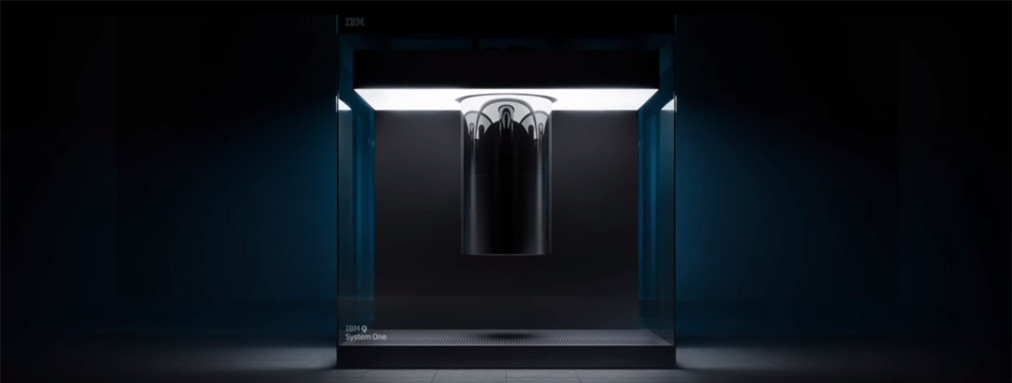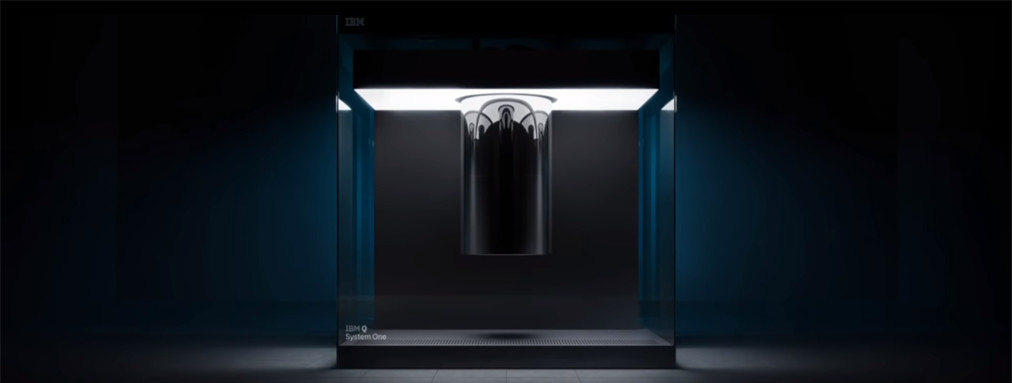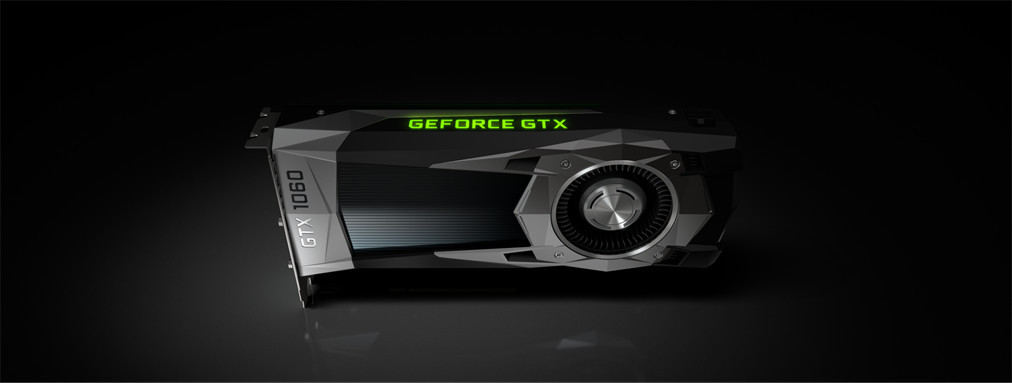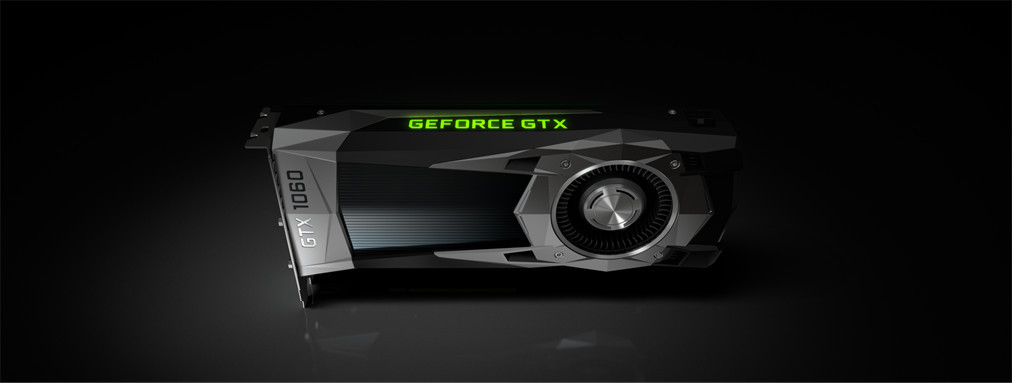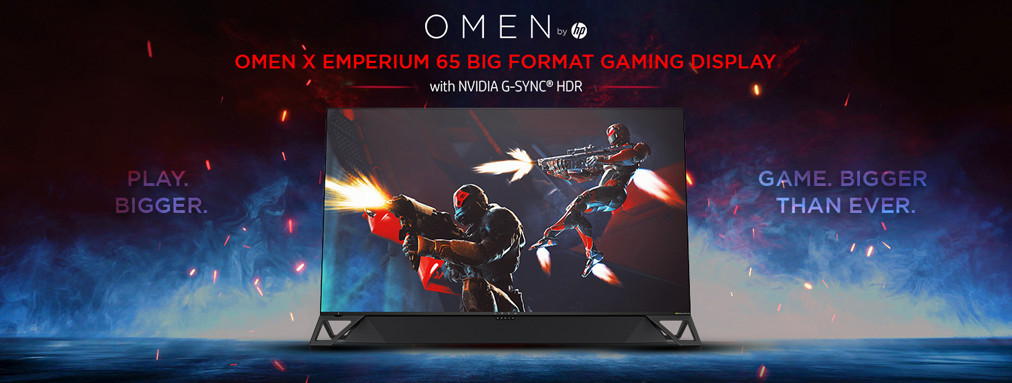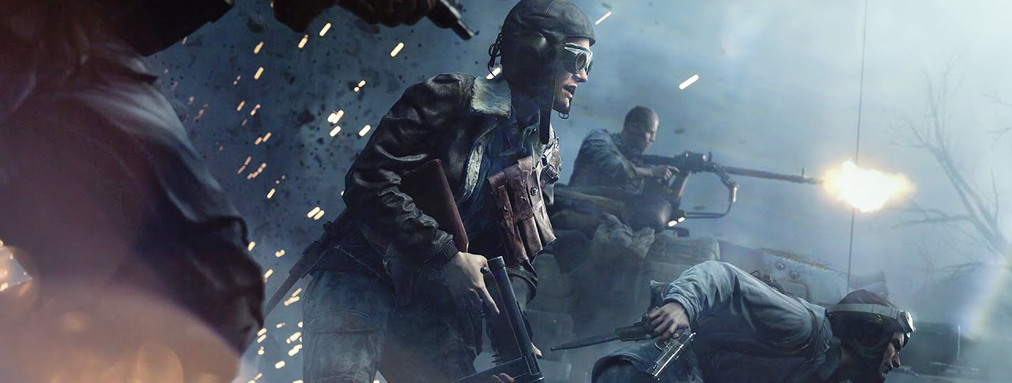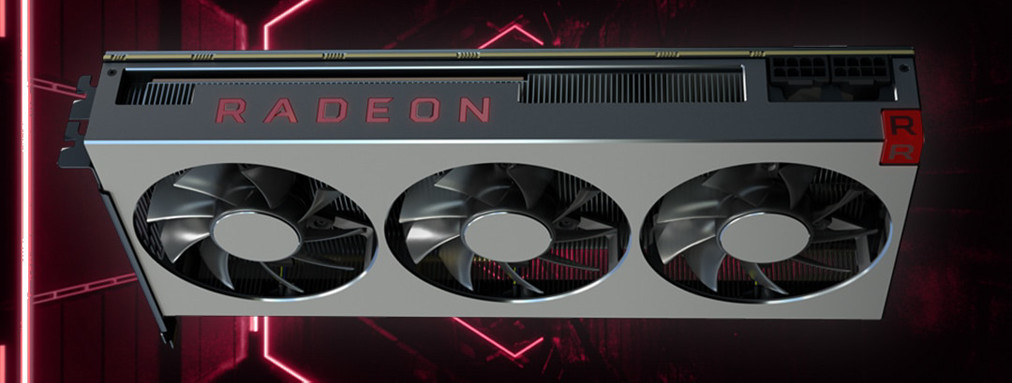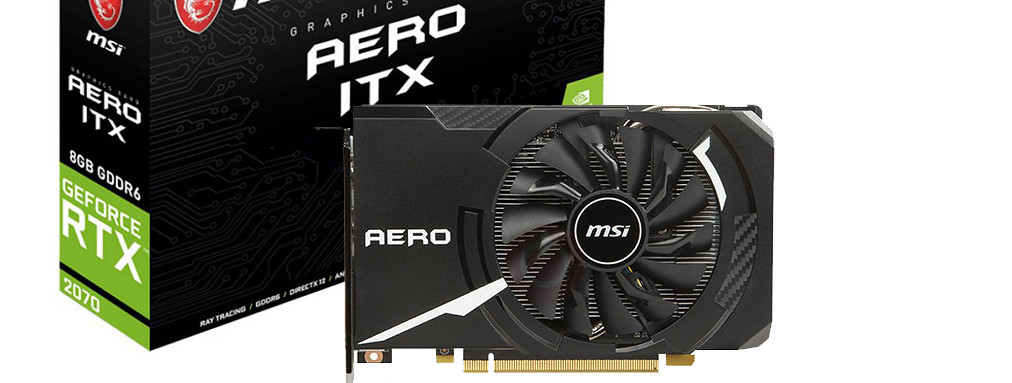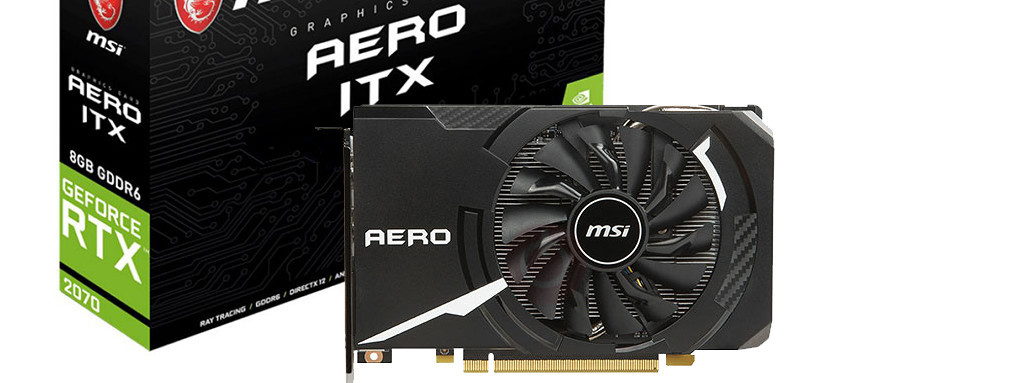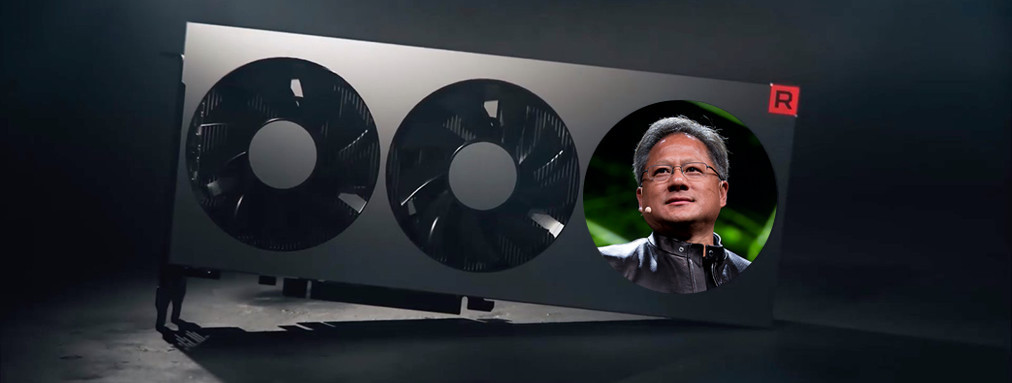
One of the undoubted highlights of AMD’s CES 2019 showcase was the unveiling of its next high-end graphics card – the Radeon Vega VII.
The world’s first 7nm gaming GPU finally puts AMD back in contention for enthusiasts, offering a stonking 16GB of HBM2 and performance which AMD claims to rival that of Nvidia’s GeForce RTX 2080.
“AMD Radeon VII is the highest-performance gaming graphics card we ever created,” said Scott Herkelman, corporate vice president and general manager, Radeon Technologies Group at AMD. “It is designed for gamers, creators and enthusiasts who demand ultra-high quality visuals, uncompromising performance and immersive gaming experiences.”
In comparison to AMD’s previous flagship, the Radeon RX Vega 64, this is a huge step up. The Radeon VII doubles the memory, more than doubles the total memory bandwidth up to almost 1TB/s, and improves average gaming performance by 29%. Technically this new graphics card isn’t even using a new GPU though, as AMD has basically rebranded its HPC-sector Radeon Instinct MI50 graphics accelerator for a gaming audience.
The greatest strength of the Radeon VII is that AMD has been able to use the process shrink to significantly increase the clock speed of the Radeon VII, hitting 1800 MHz boost clock compared to 1546 MHz on the Radeon RX Vega 64. This helps to offset the slightly lower core count. It’s a brute-force approach which helps bump compute performance to 13.8 TFLOPS.
Radeon RX 580 Radeon RX 590 Radeon RX Vega 56 Radeon RX Vega 64 Radeon VII GPU Architecture Polaris Polaris Vega Vega Vega II GPU Polaris 20 XTX Polaris 30 XT Vega 10 XL Vega 10 XT Vega 20 XT Process Node 14nm 12nm 14nm 14nm 7nm Cores 2304 2304 3584 4096 3840 TMUs 144 144 224 256 240 ROPs 32 32 64 64 128 Base Clock 1257 MHz 1469 MHz 1156 MHz 1247 MHz 1200 MHz Boost Clock 1340 MHZ 1545 MHz 1471 MHz 1546 MHz 1800 MHz Compute Performance 6.17 TFLOPS 7.1 TFLOPS 10.5 TFLOPS 12.7 TFLOPS 13.8 TFLOPS Memory Up to 8GB GDDR5 8GB GDDR5 8GB HBM2 8GB HBM2 16GB HBM2 Memory Clock 8 GHz 8 GHz 1.6 GHz 1.89 GHz 1.89GHz Memory Interface 256-bit 256-bit 2048-bit 2048-bit 4096-bit Bandwidth 256 GB/s 256 GB/s 410GB/s 484GB/s 967.7GB/s TDP 185W 175W 210W 295W 295W Power Input 1 x 8-pin 1 x 8-pin 2 x 8-pin 2 x 8-pin 2 x 8-pin Price $229 $279 $399 $499 $699
In addition, the Radeon VII is particularly well equipped for 4K gaming thanks to its immense store of HBM2 memory. HBM2 memory doesn’t come cheap and will contribute a great deal to the $699 asking price of the Radeon VII. However, having 16GB of second-gen HBM2, paired with a new, wider 4096-bit memory interface, allows the Radeon VII to offer a frankly unprecedented 967.7 GB/s memory bandwidth. This could definitely be described as excessive and is unlikely to offer any sort of performance gains in the here and now, but it does at least afford significant future-proofing.
The knock-on effect HBM2 has to costs has to raise an eyebrow though. The Radeon VII’s 29% average FPS gain over the Radeon RX Vega 64, for a 40% MSRP price increase compared to the 18-month-old graphics card, doesn’t exactly scream value for money. That this increased performance comes at the same TDP is mildly impressive but it isn’t cause enough on its own to run out and buy a new graphics card.
Relative to AMD’s own graphics cards, the Radeon VII isn’t fantastic value for money then, but relative to Nvidia’s pricing it does begin to bring the heat. AMD’s own benchmarks claim the AMD Radeon VII is just about pipping the performance of the GeForce RTX 2080 while being $100 cheaper. These are hand-picked AMD benchmarks, however, and should be taken with a grain of salt.

Price Battlefield V (DX12) BFV Cost Per Frame Far Cry 5 (DX11) FC5 Cost Per Frame Strange Brigade (Vulkan) SB Cost Per Frame Radeon Vega 64 $499 53 $9.41 37 $13.48 56 $8.91 Radeon VII $699 62 $11.27 62 $11.27 87 $8.03 RTX 2080 $799 61 $13.09 61 $13.09 73 $10.94
The truth of the matter is the RTX 2080 and Radeon VII are probably trading blows depending on the game and the graphics API used. Once Nvidia DLSS (Deep Learning Super Sampling) becomes a factor for the RTX 2080, Nvidia’s card could end up blasting ahead. The single real-world point of reference we have for DLSS performance is Final Fantasy XV. Enabling DLSS improves FFXV’s FPS in the region of 32%. None of this is set in stone but if similar gains are going to be seen in other DLSS-supported titles, the Radeon VII is going to rapidly fall into second place, as you can see in the example chart below.

It’s all going to come down to how much PC gamers are going to value the extra hundred bucks in their pocket from going the Radeon VII route rather than RTX.
For committed AMD fans, the question is primarily going to be whether the Radeon VII is a worthwhile upgrade over Vega 64. AMD touts 35% higher frame rates in Battlefield V, 42% faster performance in Strange Brigade, and 25% smoother gameplay in Fortnite. Aside from performance gains though, the Radeon VII doesn’t really offer any new tech over what’s been before. Nvidia hinged its new GPU family on ray-tracing, while the Vega 7 is more of the same but a bit faster.
The majority of PC gamers won’t even be looking at the $700 price point for a new graphics card though, so we’ll admit we’re slightly disappointed we didn’t even hear a whisper about the rumoured Navi GPUs, for now at least. Reports late last year suggested Vega’s successor could be offering GTX 1080 performance for $250, which sounds like something more capable of upsetting the GPU market in a big way.
AMD’s Radeon VII is due to launch worldwide on February 7th, priced at $699, and we’re certainly keen to find out just how it stacks up to the RTX 2080. If you’re thinking about picking one up the AMD three-game deal also applies. Buy a Radeon VII from a participating retailer and you’ll get free codes for Resident Evil 2, Devil May Cry 5 and The Division 2. And, talking of The Division 2, the PC system specs for The Division 2 have also just been revealed.
